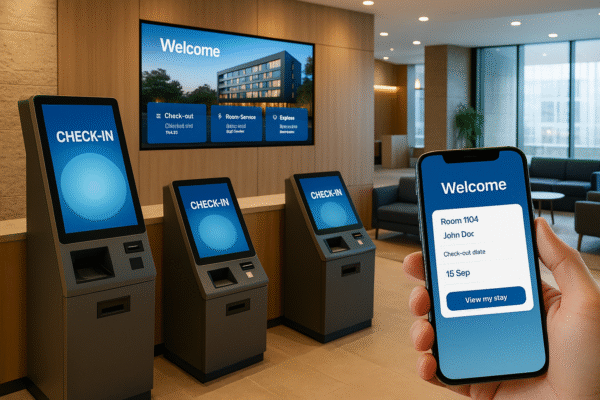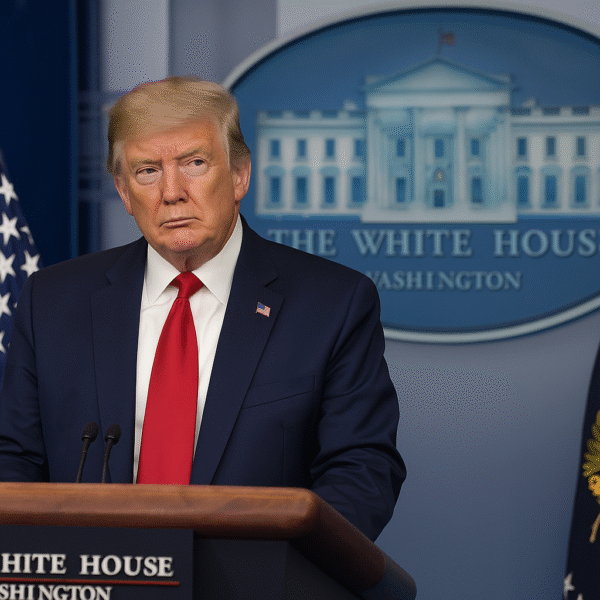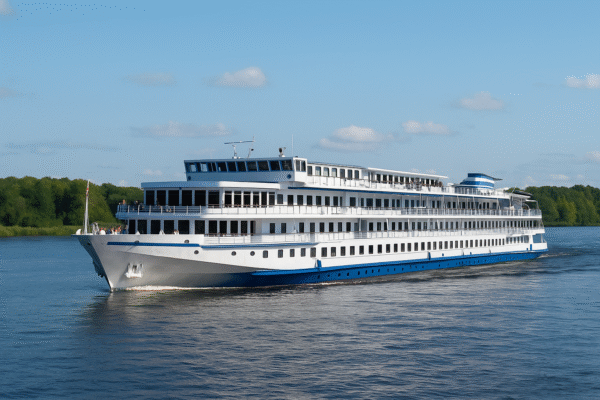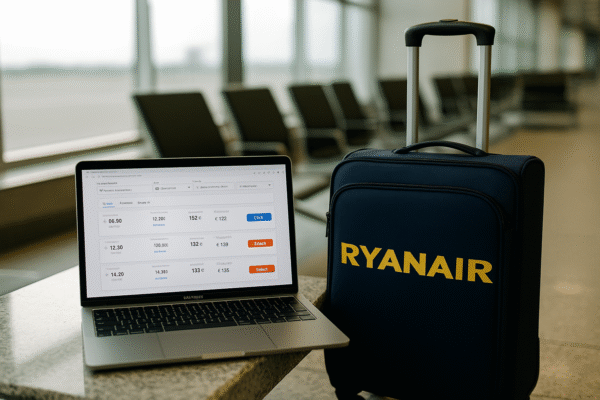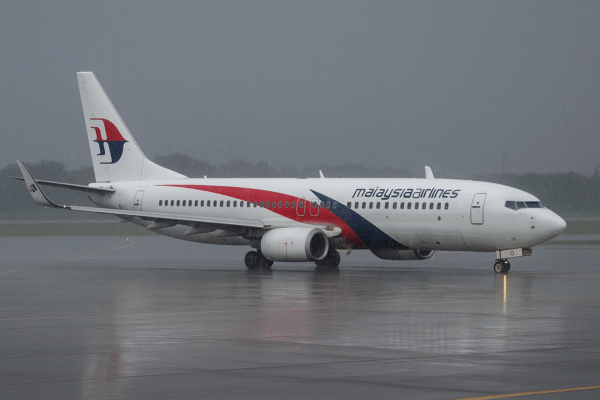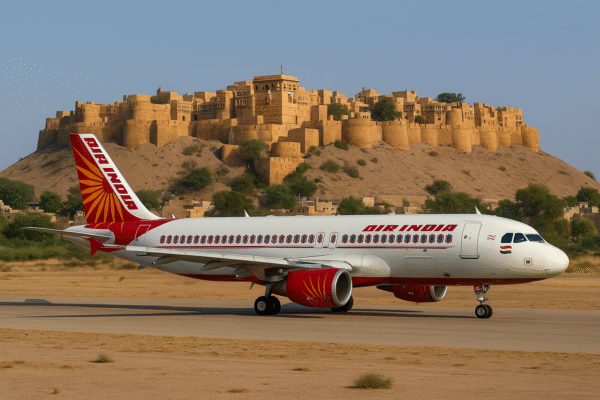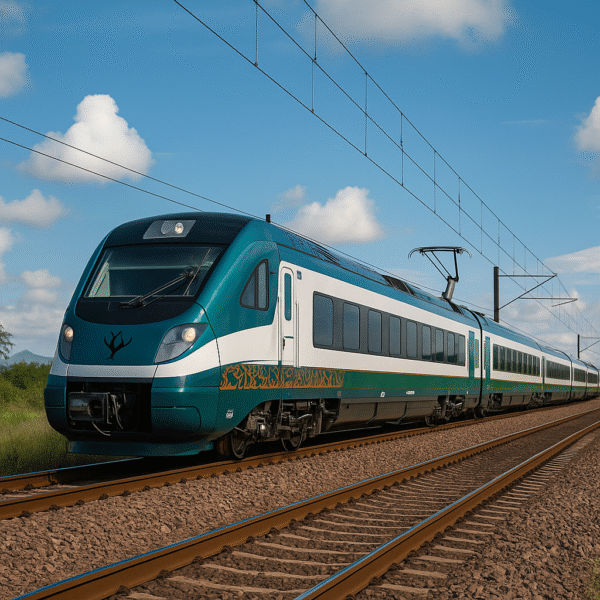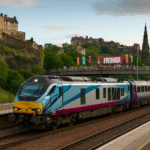Mexico’s 2025 Railway Revolution: New Train Routes Set to Transform Tourism and National Connectivity
Mexico is entering a new era of sustainable tourism and efficient transportation with a bold expansion of its national railway network in 2025. With over 3,000 kilometers of new railways under construction and a government investment of more than 157 billion pesos (US $7.8 billion), the country’s National Railway Program (Programa Nacional Ferroviario) aims to modernize travel while boosting regional economies and environmental sustainability.
Tren Maya: The Star of Sustainable Tourism
At the heart of Mexico’s railway transformation is the Tren Maya, a flagship project connecting archaeological treasures and natural wonders in the Yucatán Peninsula. Designed to drive tourism and development, the Tren Maya stretches across five states, linking Palenque, Escárcega, Campeche, Mérida, and Cancún.
The line is expected to carry over 40,000 passengers daily once fully operational. The first segment opened in December 2023, and by late 2024, the complete route—including stops like Tulum and Chetumal—will be accessible. Featuring modern electric and hybrid trains, the Tren Maya promotes eco-conscious tourism while supporting Indigenous communities through local employment and cultural preservation.
Mexico City–Pachuca Line: Connecting the Capital with Hidalgo
The new Mexico City–AIFA–Pachuca commuter rail line, launched in March 2025, is projected to be operational by early 2027. This vital route will ease congestion on Highway 85, improve daily commuting, and enhance weekend getaways to Hidalgo’s historical towns and natural parks.
The project supports Mexico’s broader goal of linking Felipe Ángeles International Airport (AIFA) with neighboring cities via clean and efficient rail infrastructure. According to Mexico’s Secretariat of Infrastructure, Communications and Transport (SICT), this line will significantly cut CO2 emissions and reduce travel time from over 2 hours by car to just 45 minutes by train.
Mexico City–Querétaro High-Speed Line: A Leap Toward Bullet Travel
Work began in April 2025 on a long-delayed project—the Mexico City–Querétaro high-speed train, initially shelved in 2014. This revived rail route will cover 210 kilometers at speeds up to 300 km/h (186 mph), making it Mexico’s first true high-speed passenger train.
Querétaro, a rising industrial and cultural hub, draws both business travelers and tourists. With construction expected to finish by October 2027, this route will connect Mexico City with Querétaro in under 90 minutes, down from the current 3-hour drive on the often-jammed Federal Highway 57.
Expanding the Bajío Region: Querétaro–Irapuato Link
Inland connectivity continues with the planned Querétaro–Irapuato line. Slated for completion between 2026 and 2027, this route traverses the Bajío region, a crucial agricultural and manufacturing corridor.
The train will benefit cities like Celaya and Salamanca, strengthening both tourism and trade. Travelers can explore colonial-era architecture, wine valleys, and UNESCO World Heritage Sites such as San Miguel de Allende, located nearby.
Border Connections: Saltillo–Nuevo Laredo and Mexico City–Nuevo Laredo
Rail infrastructure is not just about domestic mobility. The Saltillo–Nuevo Laredo line is a strategic freight and passenger route aimed at enhancing trade with the U.S. As one of the busiest border crossings for North American trade, Nuevo Laredo will see increased capacity for goods and travelers by 2027.
Simultaneously, the Mexico City–Monterrey–Nuevo Laredo long-distance route, currently in planning, will create a seamless north-south connection for tourists and cross-border commuters. Covering more than 1,100 kilometers, this railway promises to support bilateral economic development under the USMCA (United States–Mexico–Canada Agreement) framework.
Panoramic Route to the U.S.: Mexico City–Nogales
Perhaps the most ambitious plan is the Mexico City–Nogales railway, running through Guadalajara, Hermosillo, and eventually reaching Nogales, Sonora, on the Arizona border. This transnational route is designed for both passenger tourism and freight logistics.
Set for completion by 2029, this line promises travelers a scenic ride through diverse landscapes—from the highlands of central Mexico to the deserts of Sonora. This corridor also aims to reduce truck traffic at border crossings and encourage eco-friendly transport alternatives for Mexico–U.S. trade.
Why Mexico’s Railway Expansion Matters for Tourism
The Mexican government’s rail investment is part of a nationwide mobility shift focused on decarbonizing transport, supporting regional equity, and revitalizing tourism in lesser-known areas. With world-class destinations like Cancún and Mérida connected by train, and improved access to up-and-coming cities like Querétaro and Irapuato, domestic and international travelers alike will benefit.
Beyond speed and scenery, these new railways offer a sustainable path forward. Trains emit up to 80% less CO2 than cars and planes, making them a cornerstone of Mexico’s climate strategy and green tourism policies, as emphasized by SECTUR (Mexico’s Secretariat of Tourism).
Conclusion: Riding into Mexico’s Tourism Future
As the tracks are laid and trains begin to roll, 2025 marks a watershed year for Mexico’s transport evolution. From eco-luxury trips on the Tren Maya to high-speed business travel between megacities, rail travel is fast becoming the preferred mode for millions.
Tourists in 2025 and beyond can look forward to faster journeys, expanded access to cultural destinations, and a more sustainable tourism experience—all aboard Mexico’s modern railway renaissance.
For more travel news like this, keep reading Global Travel Wire



